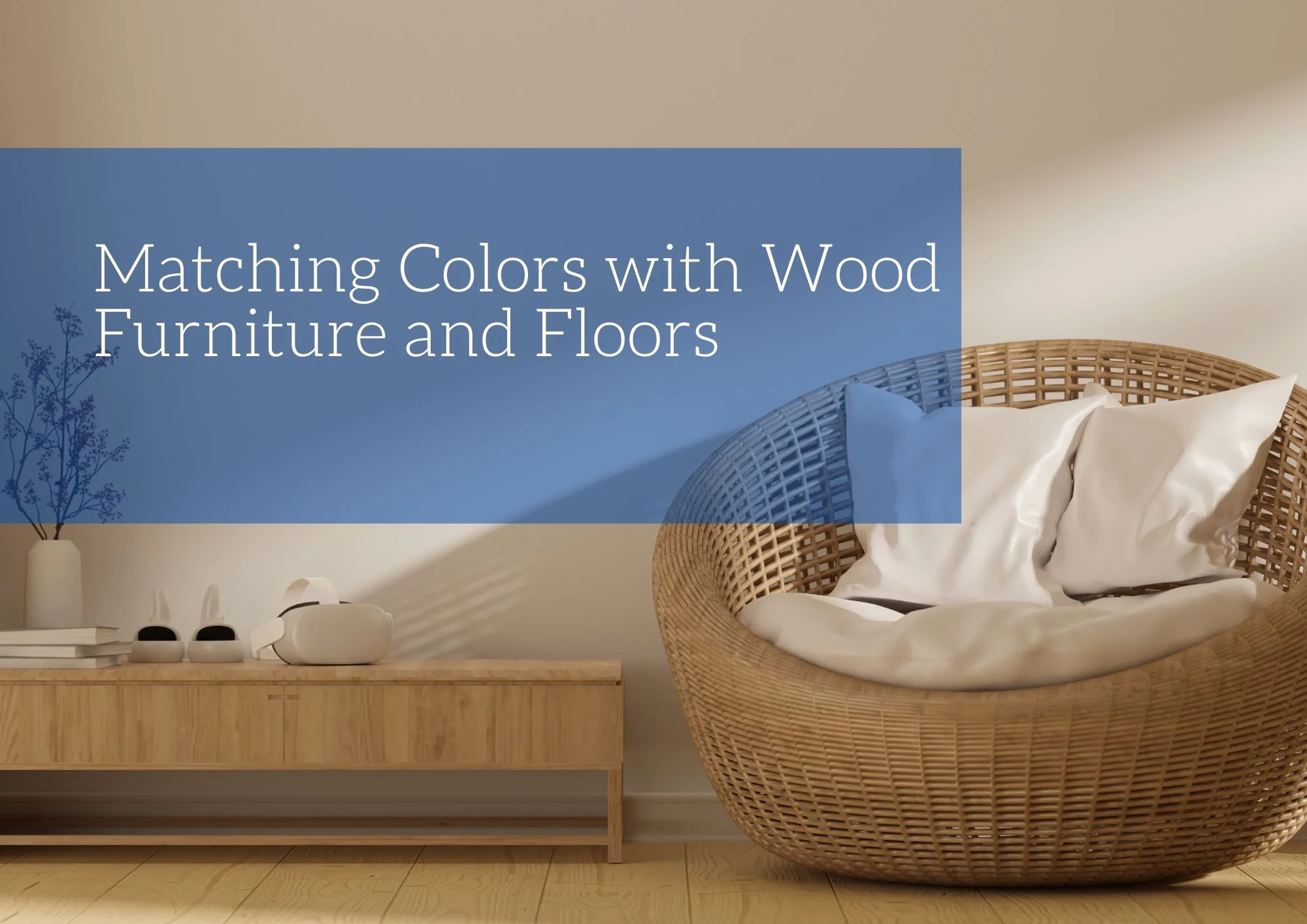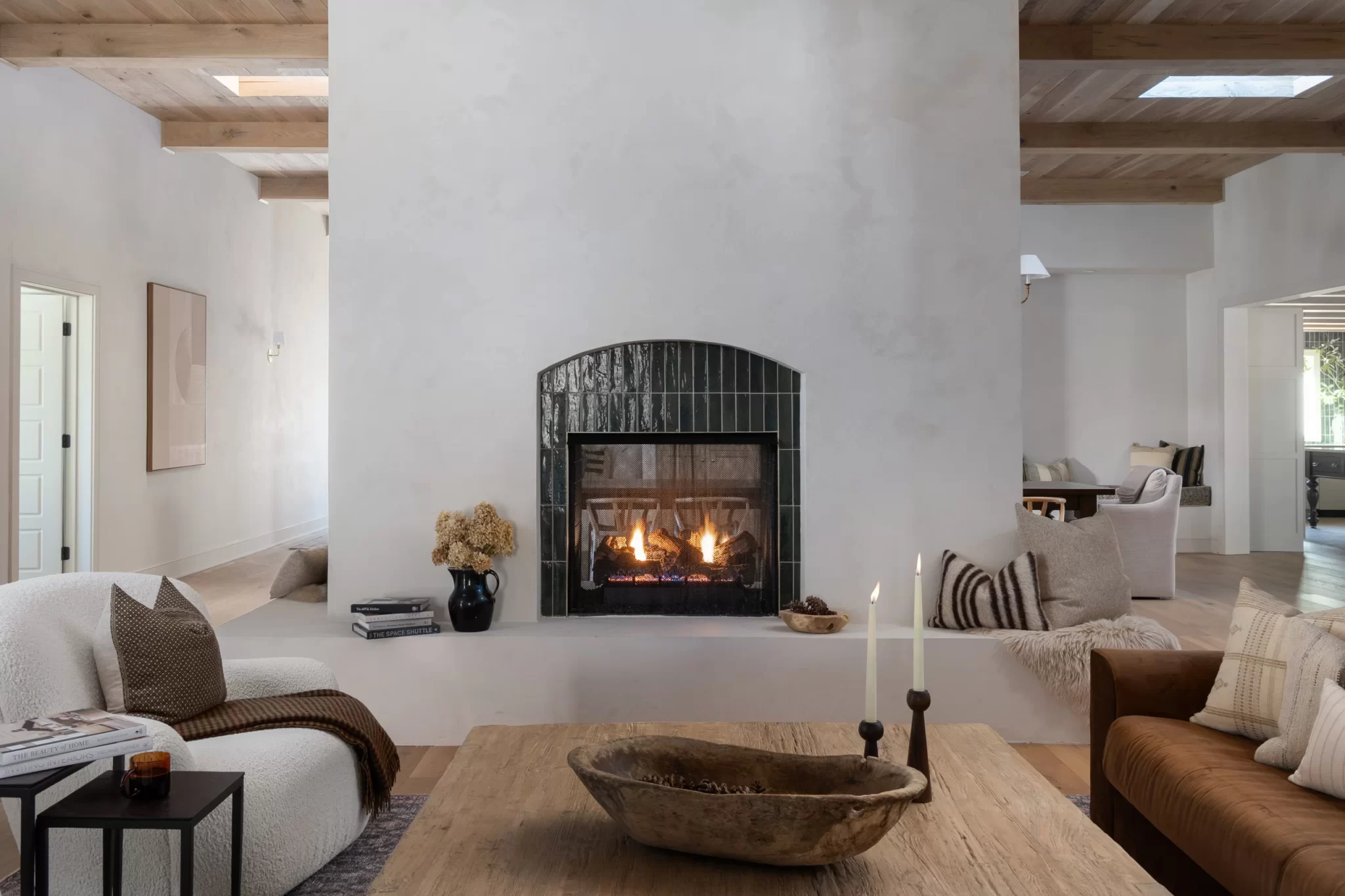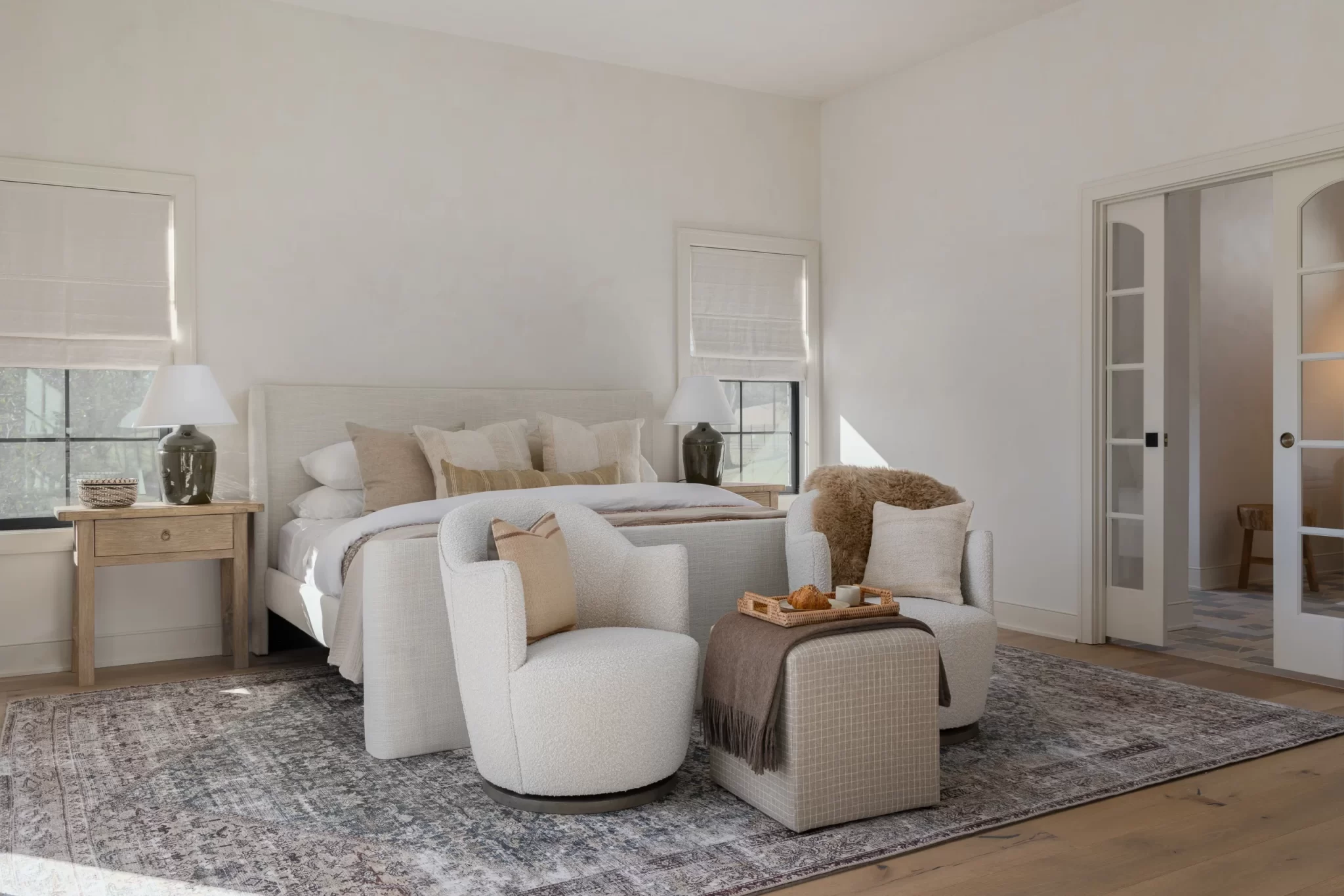When it comes to decorating around wood furniture and floors, selecting the right colors can enhance the natural beauty of the wood and create a cohesive and inviting atmosphere in your home. Whether you’re furnishing a new space or looking to refresh your existing decor, understanding how to match colors with wood furniture and floors is key to achieving a harmonious look. Let’s delve into some tips and ideas to help you strike the perfect balance.
Opt for Complementary Palettes
While color preferences are entirely subjective, when it comes to choosing background colors for your furniture, you might find that certain combinations work better in enhancing the natural allure of wood. Here are some pairings of colors that elegantly complement each other.
- Pinewood and green: The honey-toned warmth of pine beautifully contrasts with a soft green shade. This color choice can accentuate the golden hues in the wood while providing a cool counterbalance. Alternatively, a subtle gray-green can offer a pleasing complement to lighter wood tones.
- Orange-toned wood with blue: As these colors sit opposite each other on the color wheel, a vibrant, bold blue can intensify the orange undertones in the wood. This high-contrast pairing is perfect for those who appreciate vibrant hues. However, it might be too intense for spaces like bedrooms where a serene atmosphere is desired.
- Natural wood with yellow: Sunny shades of yellow bring out the warmth in natural wood, creating a cozy and inviting ambiance. While this hue doesn’t starkly contrast with the wood, its subtle tonal shifts contribute to a harmonious balance.
Consider Wood Finishes
Each type of wood has its own color and grain pattern, often enhanced with stains. Furniture makers have long used stains to highlight grain and change wood color. These stains, often named after the wood they mimic, are readily available in stores. Over time, wood furniture develops a rich patina, but newer woods and veneers lack this. They typically range from yellow to dark brown in color.
When selecting wall colors or materials to complement your wood furnishings, consider the predominant hues present in the finish. Additionally, determine whether you prefer the dramatic impact of a high-contrast color scheme or the subtle richness of low-contrast combinations. It’s worth noting that not all wood items in a room need to match perfectly; the eclectic charm of mixing different woods lends itself well to spaces with a relaxed, cozy ambiance.
Make a Statement
Pairing hues of similar intensity or value results in low contrast but doesn’t necessarily mean the furniture fades into the background. For example, placing a dark mahogany chest or ebony table against a deep red or blue-green wall achieves a balance between two equally strong hues. The value of the wood color matches that of the wall. This principle also applies to medium brown woods and muted or medium-tone colors, though the effect is more subtle due to subdued tones.
Warm neutral colors like taupe, mushroom, or khaki enhance the rich, toasty notes in medium brown woods. While the furniture still stands out, the overall effect is understated, creating a different kind of drama compared to high-contrast pairings.
In conclusion, choosing colors that match your wood furniture and floors requires thoughtful consideration and attention to detail. By embracing neutrals, harmonizing with undertones, and experimenting with contrasts and accents, you can create a cohesive and inviting space that showcases the beauty of natural wood. With these tips in mind, you’ll be well-equipped to infuse your home with warmth, style, and personality.










